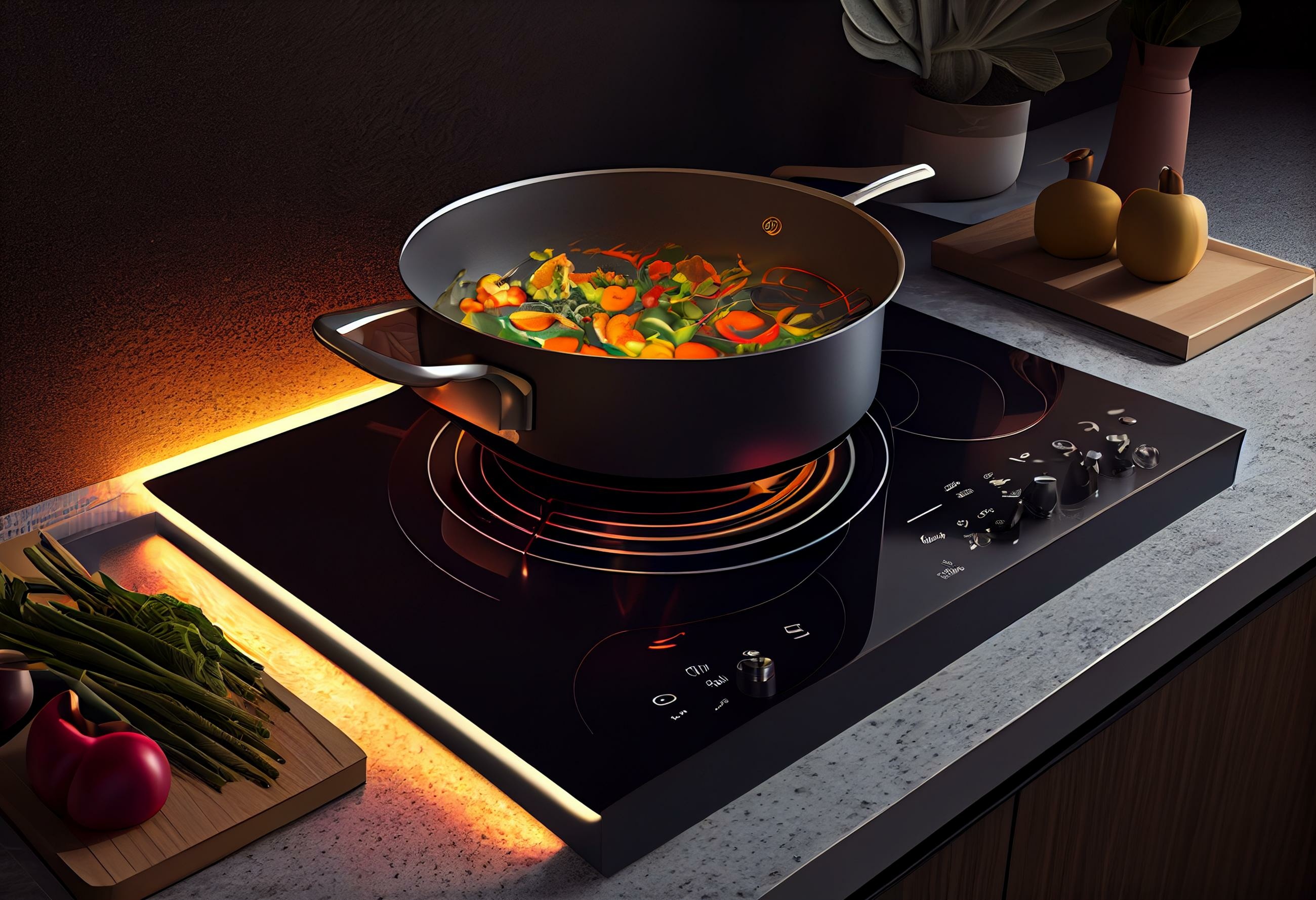
4 minute read
your ecological house™
Living (Better) without Fossil Gas
— Paul Hope, Consumer Reports
Despite the loud and persistent objections of the fossil-fuel industry, Americans are electrifying their homes.
For example, in 2022, for the first time, annual sales of new, whole-house electric heat pumps rose above four million units, outstripping sales of gas furnaces, which dropped off substantially. And that was before the Inflation Reduction Act’s considerable incentives of up to $8,000 for installing heat pumps kicked in on January 1, 2023.
Probably the main reason for the surging sales of heat pumps for new homes, or for replacing existing units, is that they are up to three times more efficient than gas furnaces. That makes them a great investment over the 15- to 25-year lifespan of typical heaters. Also, with a simple adjustment to your thermostat, most heat pumps convert to full-house air conditioning mode for the summer months. And of course, they are much better for the environment than fossil gas furnaces.
After purchasing a heat pump, the next big step most homeowners can take to move past gas is to switch to an electric stove — with a new electric induction range being the best choice. The IRA’s incentives to purchase an electric stove provide up to $840 in tax credits. (Note that although some IRA tax credits may not be available until late 2023, most will remain available for several years, so homeowners can plan to tackle their projects one at a time, as their budgets permit.)
Induction ranges are both more energy-efficient and, according to a number of home magazines and professional cooks, better for cooking than either gas or standard electric stoves. The term “induction range” can be a little confusing, because these stoves actually have the same type of efficient convection ovens found in standard electric stoves, but their cooktops are equipped with heat-free induction “burners” instead of the electric-resistance coils of conventional electric stoves.
Did you read that right? Yes.
Induction cooktops don’t get hot — their coils produce a magnetic current, inducing a magnetic flow in the cookware itself that causes it to heat up. Because heat from the stovetop doesn’t have to be transferred from a hot coil, the cookware reaches the desired temperature almost instantly. This direct, rapid heating saves energy, so induction cooktops are five to 10% more efficient than standard electric models and three times more energy-efficient than gas stoves — and food cooks up to 50% faster. Also, since induction coils don’t get hot, you can accidentally touch one, or clean the stove without burning yourself if you happen to leave it on.
Many cooks like induction stoves because, unlike electric stoves, they turn off instantly, allowing for superior control. (So do gas stoves, but they take much longer to heat food, they’re harder to clean and, well, they use gas.) Also, because both the bottom and the sides of the cookware heat (magnetize) simultaneously, cooking is more precise and even — no more scorched pot bottoms.
Although induction stoves have been widely available since the early 2000s, they’ve been somewhat slow to catch on because they require a bit of a learning curve to use. You’ll have to adjust to their quick heating and precise controls, though many professional chefs say once you do so, you’ll be glad you did. Also, you must use cookware made of, or at least coated with, metal with magnetic properties, namely iron and its derivatives such as stainless steel. (To find out whether your present cookware will work, see if a small magnet will stick to it.)
Inflation Reduction Act incentives cover other electrical appliances and upgrades, but upgrading your furnace and stoves are big steps toward eliminating fossil gas consumption at your ecological house.
Philip S. Wenz is an environmental researcher and writer. Visit his blog at firebirdjournal. com.
© Philip S. Wenz, 2023










